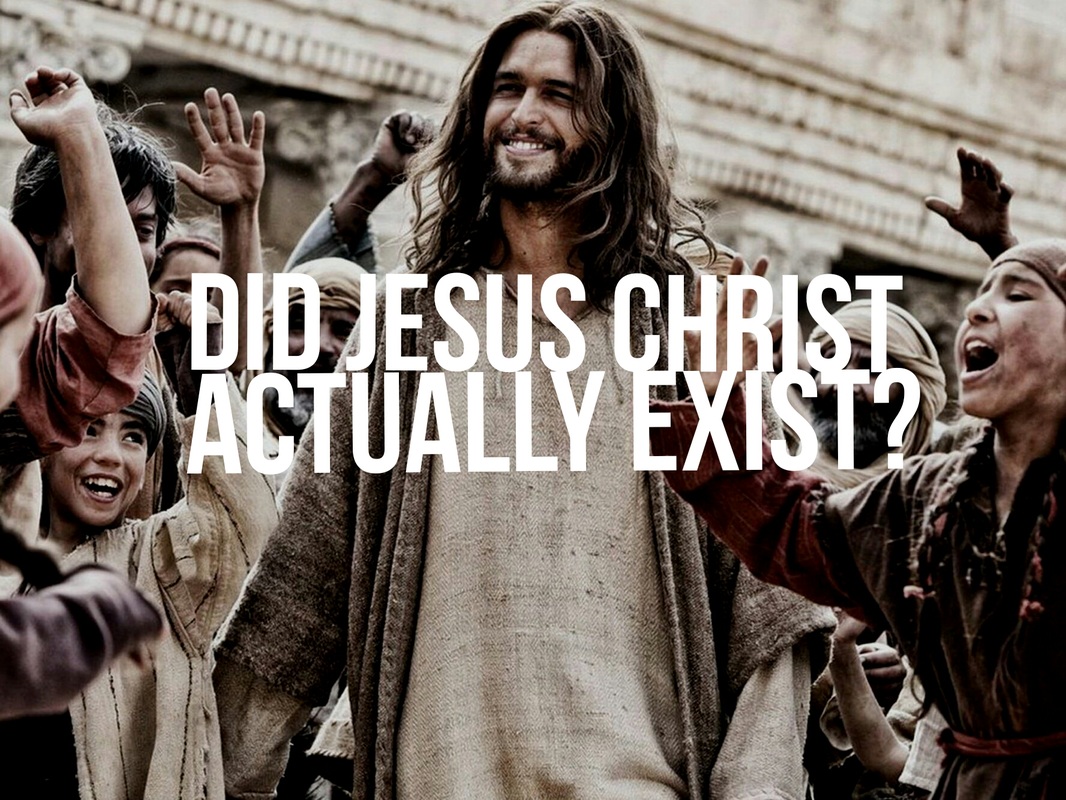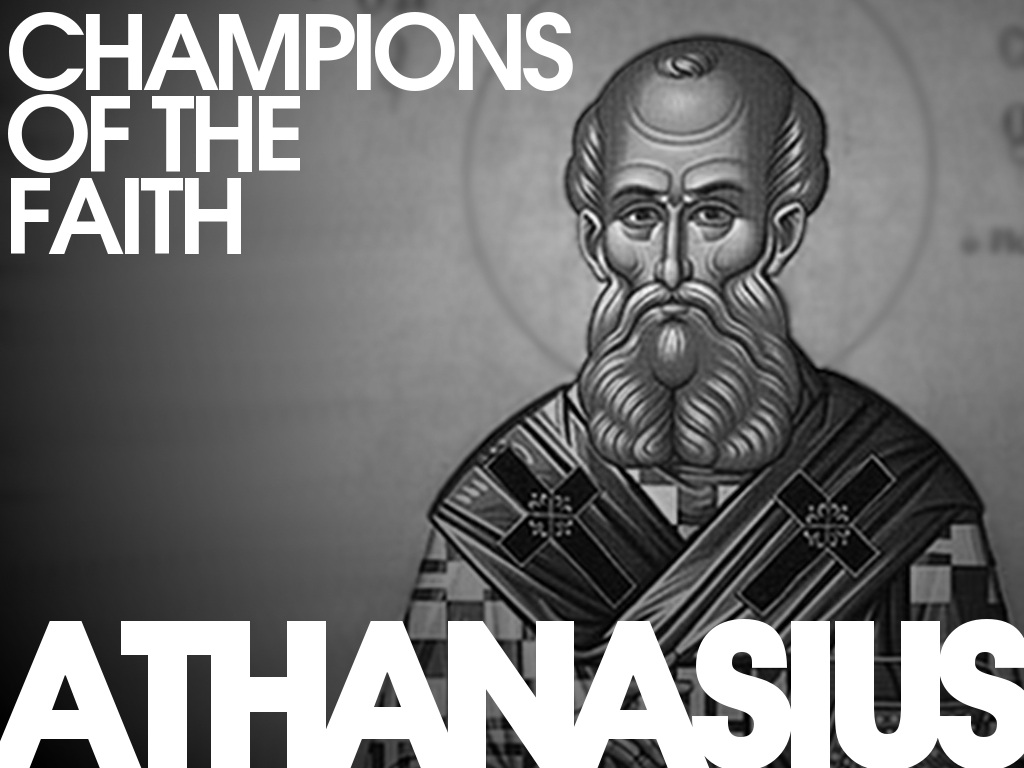
Rod Bennett, author of some great books on the early Church, was interviewed about today’s feast of St. Athanasius over on the Catholic Answers blog:
The theory goes like this: just a few centuries after Christ’s death, around the time the Roman Empire converted to Christianity, the true Faith suffered a catastrophic falling-away. The simple truths of the gospel became so obscured by worldliness and pagan idolatry, kicking off the Dark Ages of Catholicism, that Christianity required a complete reboot.
This idea of a “Great Apostasy” is one of the cornerstones of American Protestantism, along with Mormonism, the Jehovah s Witnesses, and even Islam. Countless millions today profess a faith built on the assumption that the early Church quickly became broken beyond repair, requiring some new prophet or reformer to restore the pure teaching of Jesus and the apostles.
This theory is popular—but it’s also fiction. In his book The Apostasy that Wasn’t, Rod Bennett narrates the drama of the early Church’s fight to preserve Christian orthodoxy, even as powerful forces try to destroy it. Amid imperial intrigue and bitter theological debate, a hero arose: the homely little monk Athanasius, a Father of the Church, whose feast we celebrate on May 2. Athanasius stood against the world to prove that there could never be a Great Apostasy, because Jesus promised his Church would never be broken.
We asked Bennett to elaborate on this influential myth and why, logically, it couldn’t have occurred.
Q. What is the Great Apostasy?
Bennett: It’s one of the cornerstones of American religion, actually—the notion that the original Church founded by Jesus and his apostles went bust somewhere along the line and had to be restored by some latter-day prophet or reformer. Most of our Christian denominations here in the Unites States teach the idea in one form or another, though, significantly, they usually disagree completely on which “Second Founder” ought to be followed.
Usually, they date the collapse to the conversion of the Roman Emperor Constantine in A.D. 313 and his subsequent adoption of Christianity for the whole Roman Empire. In doing this, he transformed the Christian Church (or so the story goes) from a simple body of pure, New Testament believers into the state religion of the Roman Empire.
This made Church membership socially advantageous for the first time, which brought in a vast flood of half-converted pagans who were admitted with minimal fuss by a mere external act of baptism. And this, in turn, subverted the original Faith so seriously that a Dark Age of idolatry and superstition was the result, a “great falling away” so serious that it required, in the end, a complete “reboot” from heaven.
Q. Where did the notion of the Great Apostasy find its beginnings?
Well, if you think about it, any group that has a short historical pedigree—founded, as most of our denominations have been, within the last few centuries of Christianity’s very long timeline—will be driven to the idea eventually. If you find that your church was founded in the twentieth century (or the nineteenth or the sixteenth) and teaches things no one was teaching in the fourteenth, the tenth, or the fifth century, then you’re going to have to account for that fact somehow.
The most common solution has been to offer a “conspiracy theory” of some kind: this idea that the early Church actually did teach Jehovah’s Witness or Seventh-day Adventism or Unitarianism or what have you, but the “powers that be” hushed the original version up—burned their books, forced them underground, and so forth. The whole “Da Vinci Code” phenomenon from a few years back was based on the same idea.
For the whole interview, including an Bennett’s interesting comparison of Constantine to a guy who marries a rich woman, click here.
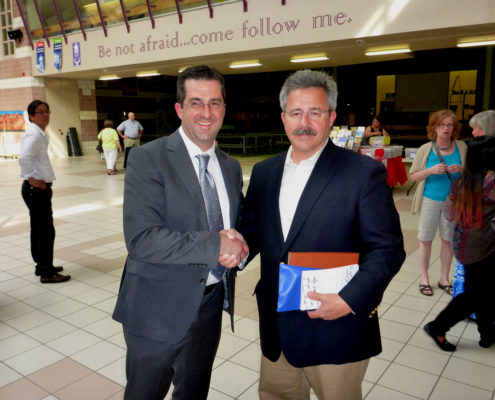 The Faith Explained Conference: Search and Rescue conference this summer was a great success! Hundreds gathered at Saint Joseph’s High School in Mississauga (in the greater Toronto area) to hear Patrick Madrid, Cardinal Thomas Collins, and yours truly talk about how to bring friends and family who have left the Catholic Church back home. Patrick’s the distinguished looking, mustachioed guy on the right (I call him the Catholic Church’s answer to Tom Selleck). I’d like to thank everyone who attended for being there, along with my amazing Faith Explained team, and all of our sponsors who made this event possible. I’d especially like to thank Cardinal Collins, EWTN, Verbum Catholic Bible Software, The Daughters of St Paul, and the Fulton J. Sheen Society for their support.
The Faith Explained Conference: Search and Rescue conference this summer was a great success! Hundreds gathered at Saint Joseph’s High School in Mississauga (in the greater Toronto area) to hear Patrick Madrid, Cardinal Thomas Collins, and yours truly talk about how to bring friends and family who have left the Catholic Church back home. Patrick’s the distinguished looking, mustachioed guy on the right (I call him the Catholic Church’s answer to Tom Selleck). I’d like to thank everyone who attended for being there, along with my amazing Faith Explained team, and all of our sponsors who made this event possible. I’d especially like to thank Cardinal Collins, EWTN, Verbum Catholic Bible Software, The Daughters of St Paul, and the Fulton J. Sheen Society for their support.

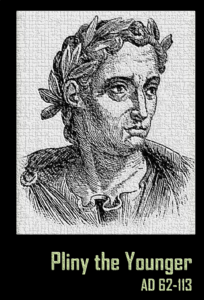 Pliny the Younger is another valuable historical source for information on Jesus and the early Church. Pliny was the governor of the Roman province of Bithynia, located in Asia Minor. In the year 112 AD, he wrote to the Emperor Trajan, asking how he should deal with those in his region who have been accused of being Christians.
Pliny the Younger is another valuable historical source for information on Jesus and the early Church. Pliny was the governor of the Roman province of Bithynia, located in Asia Minor. In the year 112 AD, he wrote to the Emperor Trajan, asking how he should deal with those in his region who have been accused of being Christians.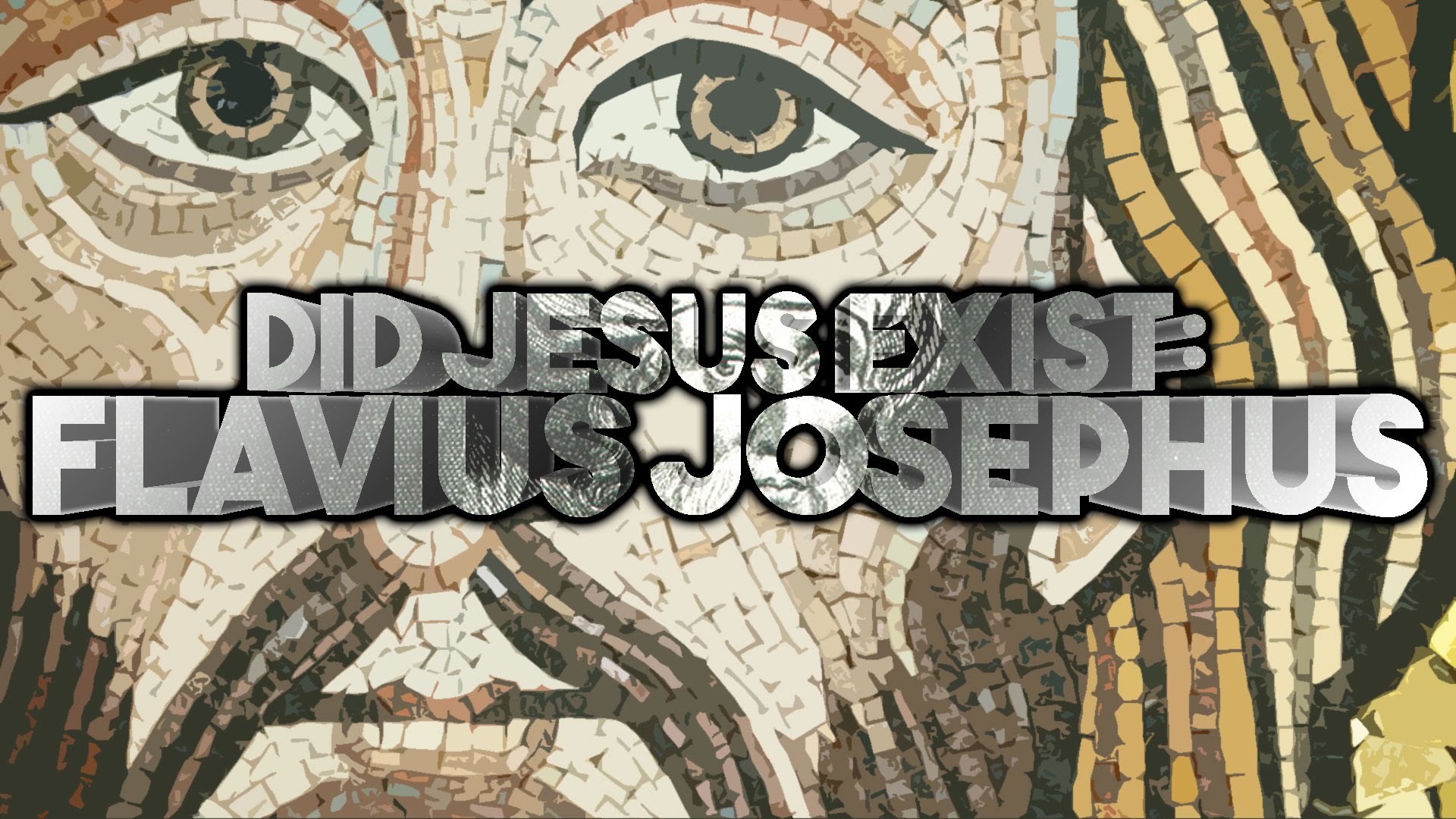
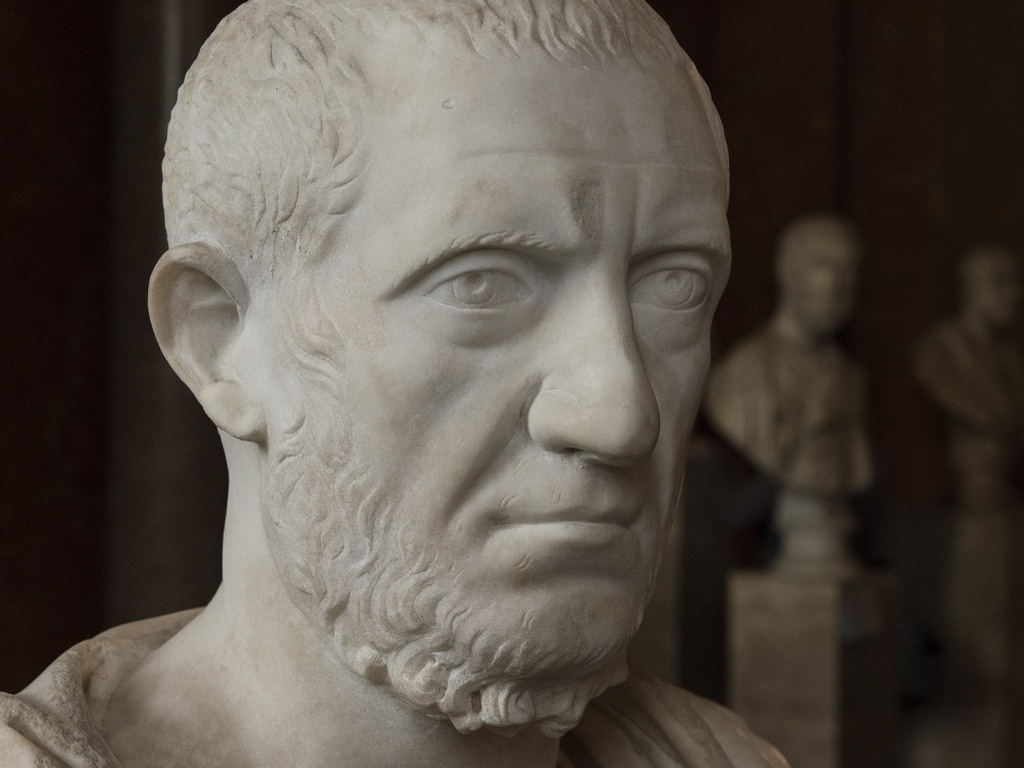

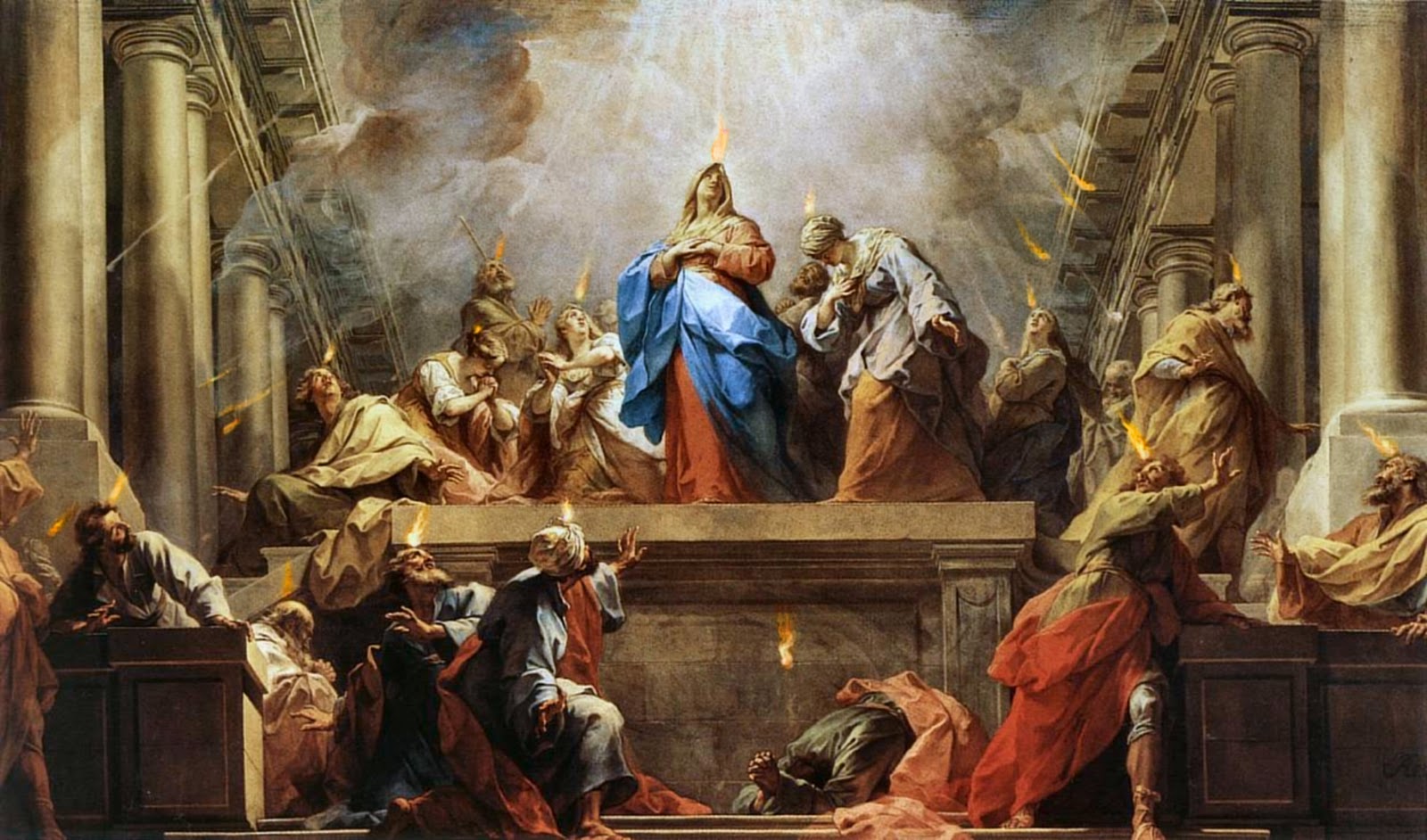 “‘And there appeared unto them cloven tongues like as of fire, and it sat upon each of them; and they were all filled with the Holy Spirit’ (Acts 2:3-4). They partook of fire, not of burning but of saving fire; of fire which consumes the thorns of sins, but gives lustre to the soul. This is now coming upon you also, and that to strip away and consume your sins which are like thorns, and to brighten yet more that precious possession of your souls, and to give you grace; for He gave it then to the Apostles. And He sat upon them in the form of fiery tongues, that they might crown themselves with new and spiritual diadems by fiery tongues upon their heads. A fiery sword barred of old the gates of Paradise; a fiery tongue which brought salvation restored the gift” (St Cyril of Jerusalem, Catechetical Lectures 17.15).
“‘And there appeared unto them cloven tongues like as of fire, and it sat upon each of them; and they were all filled with the Holy Spirit’ (Acts 2:3-4). They partook of fire, not of burning but of saving fire; of fire which consumes the thorns of sins, but gives lustre to the soul. This is now coming upon you also, and that to strip away and consume your sins which are like thorns, and to brighten yet more that precious possession of your souls, and to give you grace; for He gave it then to the Apostles. And He sat upon them in the form of fiery tongues, that they might crown themselves with new and spiritual diadems by fiery tongues upon their heads. A fiery sword barred of old the gates of Paradise; a fiery tongue which brought salvation restored the gift” (St Cyril of Jerusalem, Catechetical Lectures 17.15).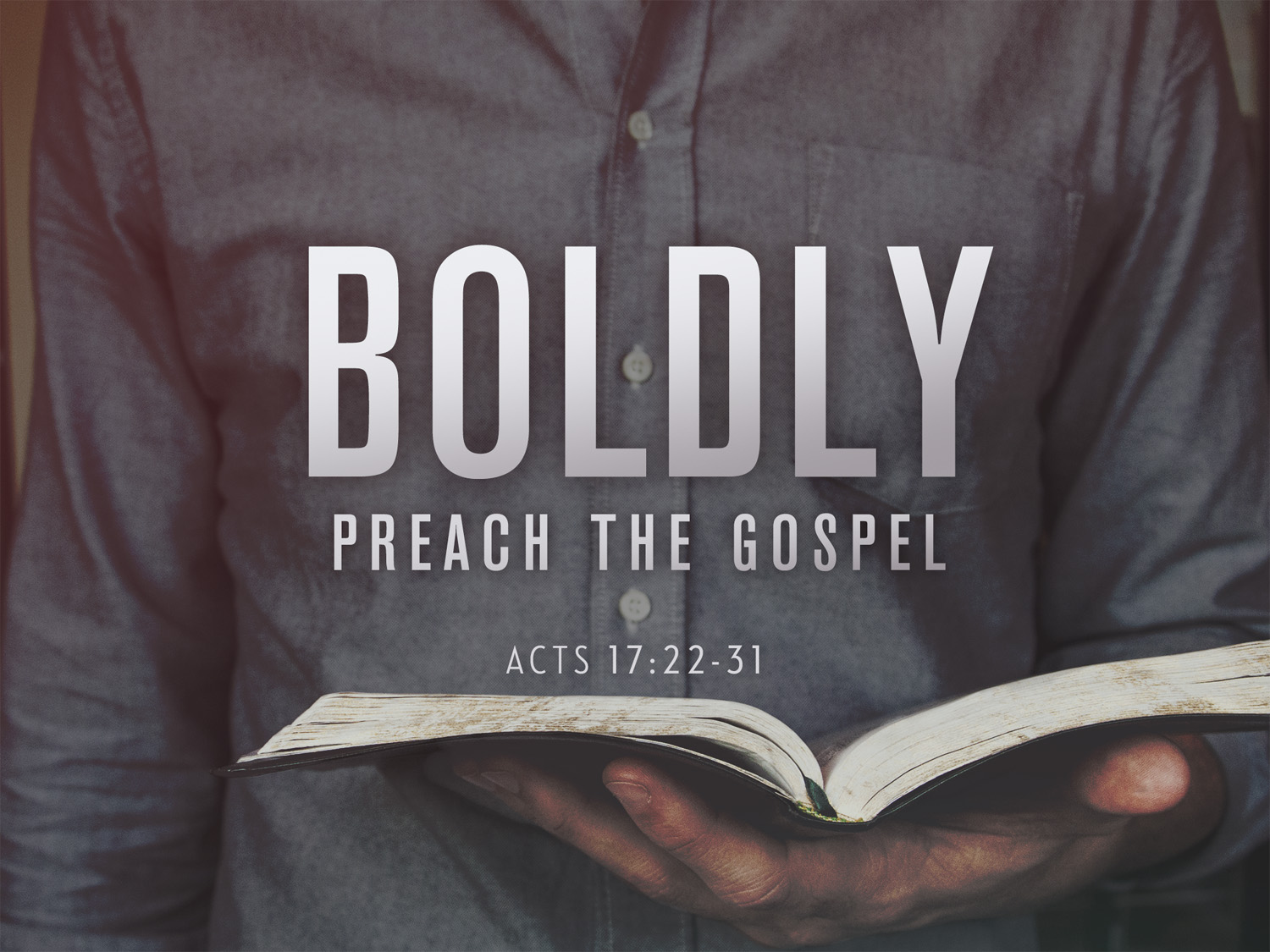

 Today’s Second Reading from the Mass for the Sixth Sunday of Easter comes to us from the book of Revelation. In chapters 21-22, the last two chapters of the book, we see “New Jerusalem” (Rev 21:2) being established. Here in the “new world”, we have cities like New York, which corresponds to the old city of York in the British Empire. Likewise, there is need of a New Jerusalem for another “new world”. This new world is the new creation God will establish at the eschaton, at the end of time. Heaven will unite with earth. As we read today, the New Jerusalem comes “down out of heaven from God” to earth:
Today’s Second Reading from the Mass for the Sixth Sunday of Easter comes to us from the book of Revelation. In chapters 21-22, the last two chapters of the book, we see “New Jerusalem” (Rev 21:2) being established. Here in the “new world”, we have cities like New York, which corresponds to the old city of York in the British Empire. Likewise, there is need of a New Jerusalem for another “new world”. This new world is the new creation God will establish at the eschaton, at the end of time. Heaven will unite with earth. As we read today, the New Jerusalem comes “down out of heaven from God” to earth: